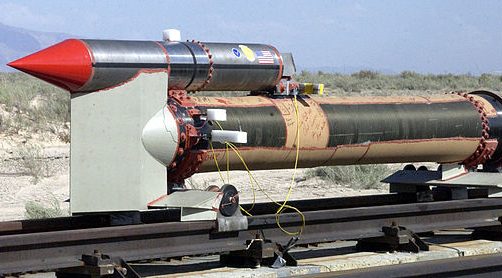Font size:
Print
Ultrasonic Liquid Crystal Light Diffuser
Context:
A new study from Doshisha University introduces a tunable ultrasonic liquid crystal light diffuser. This innovative device allows for adjustable light diffusion using ultrasonic waves to control the liquid crystal’s properties.
What are Ultrasonic Waves?
- Ultrasonic waves are sound waves with frequencies higher than the upper audible limit of human hearing, typically above 20 kHz.
- These waves have unique properties that allow them to interact with materials in specialised ways, such as inducing vibrations or creating changes in the physical state of substances.

Key Highlights:
- Conventional light diffusers use periodic surface profiles, refractive index distributions, or scattering layers to direct and spread light in particular ways.
- Their optical properties can be customised during fabrication to meet specific needs.
- Once fabricated, these properties, including the direction of light diffusion, cannot be altered.
- Controlling diffusion directivity after installation is often achieved by mechanically adjusting optical components, which can make the device larger.
- Few diffusers allow for this control without mechanical parts.
Performance Findings:
- The diffusion angle is optimised at 16 volts.
- Higher voltages may cause instability in light diffusion.
- The light distribution also varies with the polarisation of incident light.
About Ultrasonic LC Diffuser:
- The device consists of a nematic LC layer sandwiched between two glass disks and an ultrasonic piezoelectric transducer.
- In the diffuser, electrodes are arranged in a circular pattern.
- Applying a continuous reverse-phased sinusoidal signal to these electrodes generates ultrasonic vibrations on the glass disks.
- The LC layer experiences non-coaxial resonant flexural vibration, which controls its molecular orientation and refractive-index distribution.
- Enabling adjustable diffusion angle and direction without mechanical parts.
- Changing the applied voltage adjusts the diffusion directivity.
- It has a thin and straightforward structure, avoiding the need for bulky mechanical components.
Applications and Impact:
- This breakthrough technology could revolutionise indoor lighting by allowing dynamic adjustments to diffusion properties.
- Optimising lighting for productivity during work hours and creating a cosy ambience for relaxation—all without physically moving any parts.
Artificial Lighting
- It has long been crucial to human life from the discovery of fire to modern technologies like LEDs.
- Over time, various artificial light sources developed, including incandescent lamps, gaslights, discharge lamps, and light-emitting diodes (LEDs).
- The distribution and intensity of indoor artificial lighting impact our study and work efficiency, as well as our physical and mental health.
- Modern artificial light sources are designed with these psychological elements to achieve the best aesthetics.
- LEDs, a recent innovation in artificial lighting, have led to the creation of more environmentally friendly lighting systems due to their high efficiency.
- These lights are often smaller than traditional sources, requiring diffusers to spread the light over a larger area.




